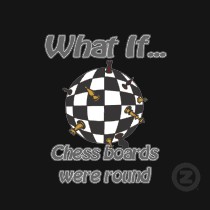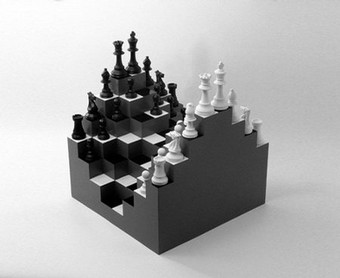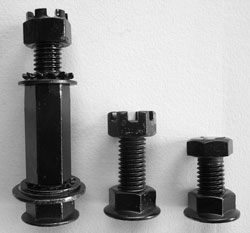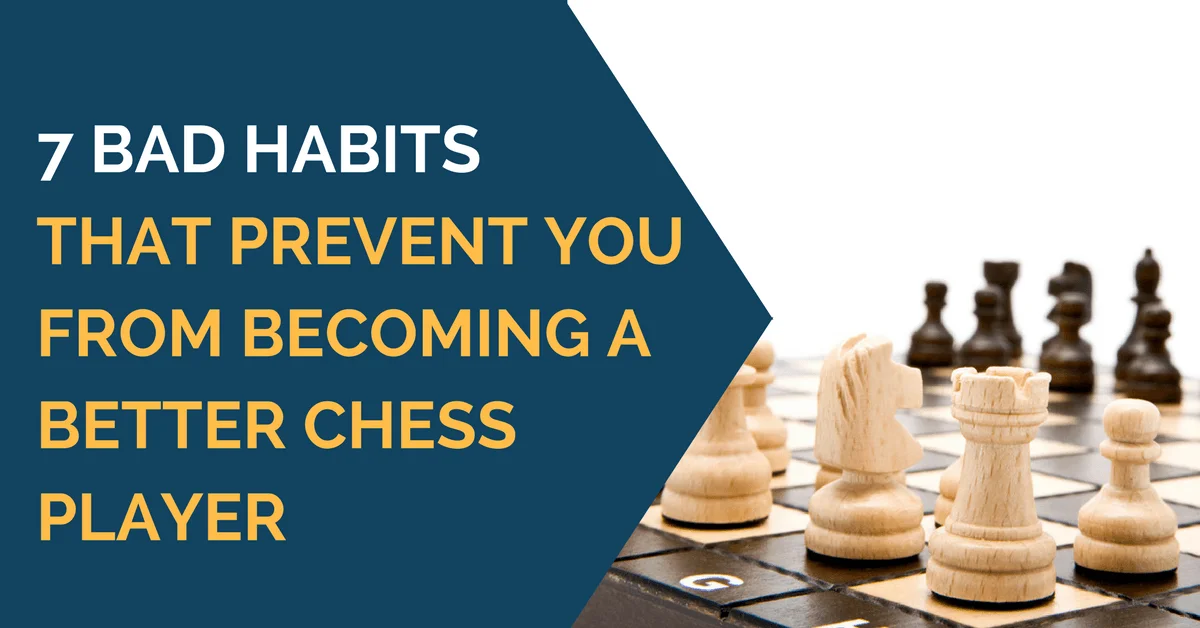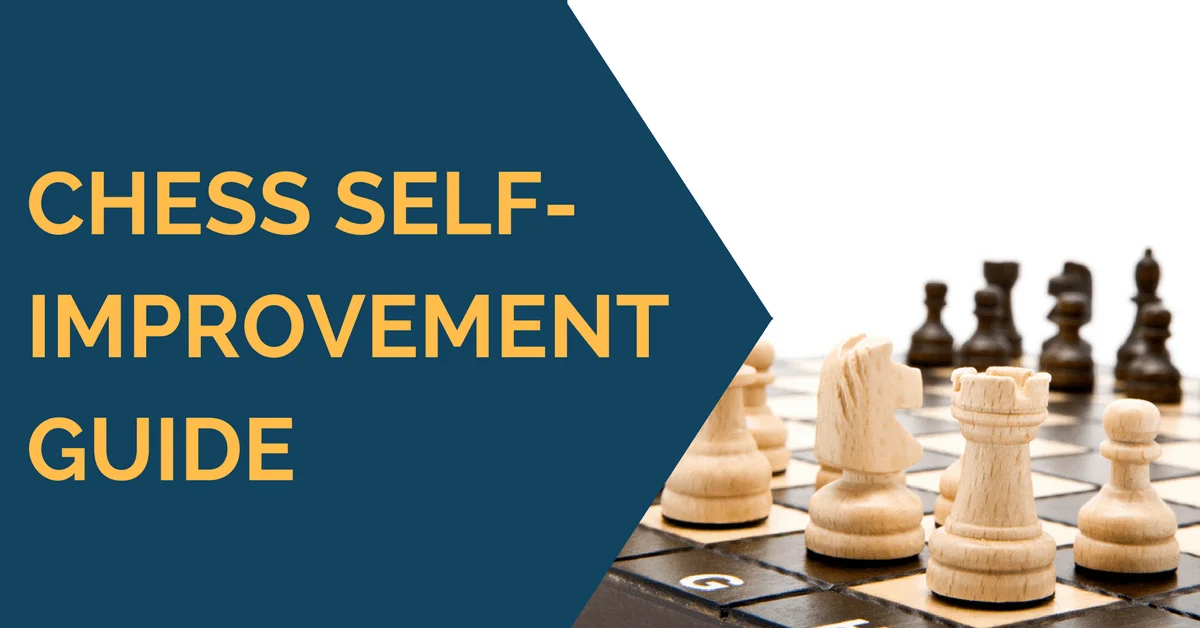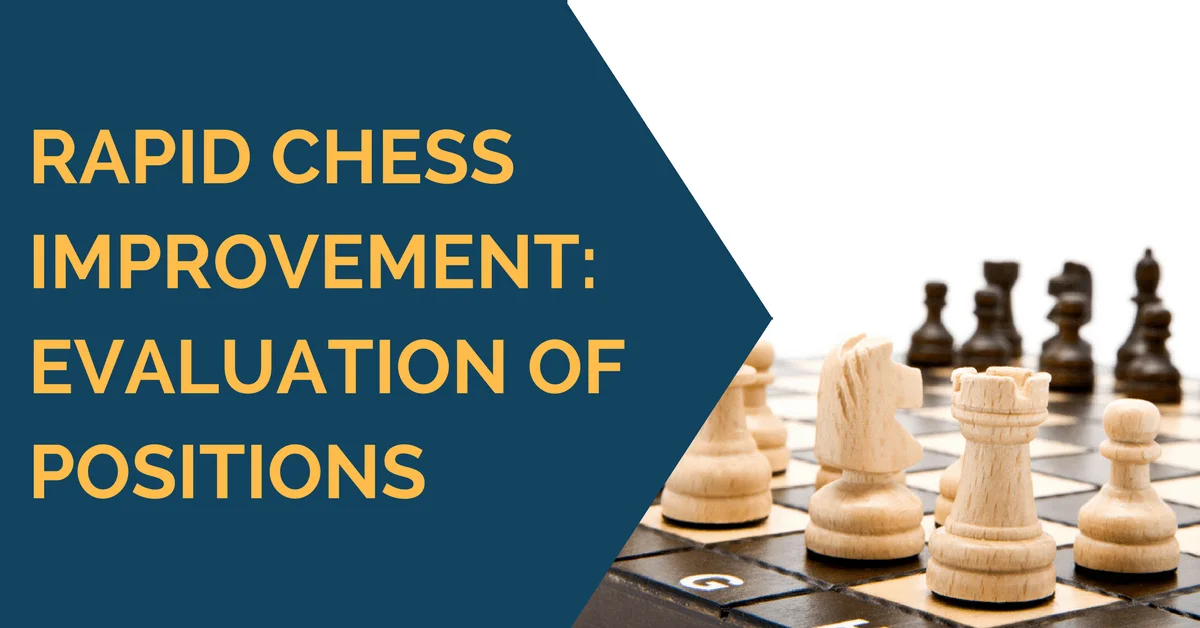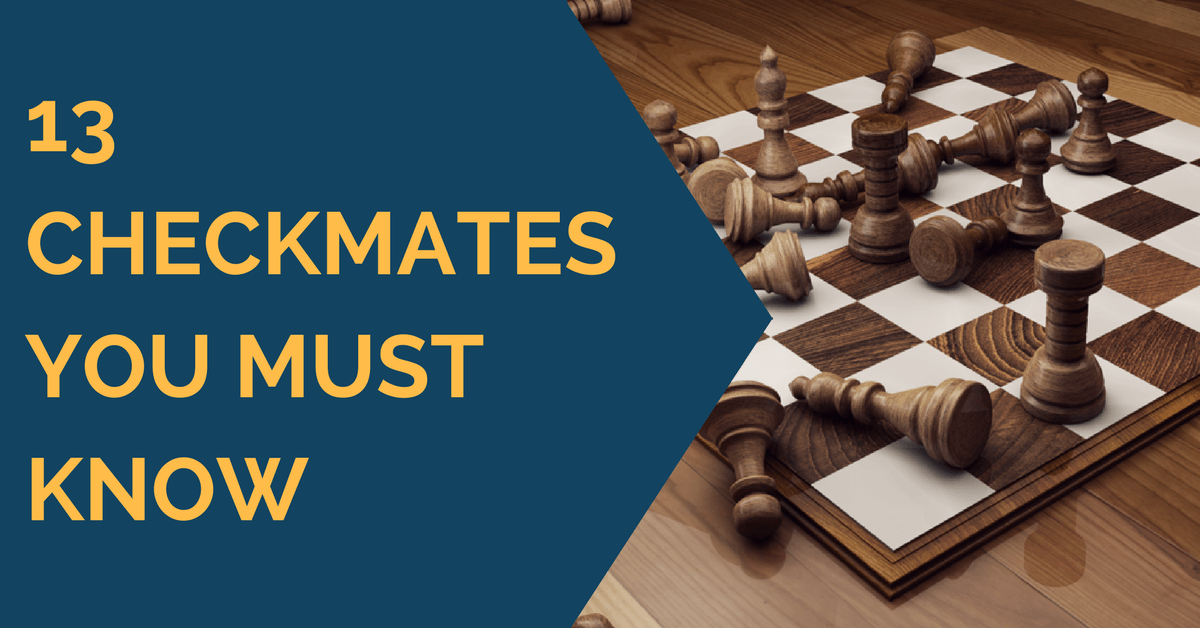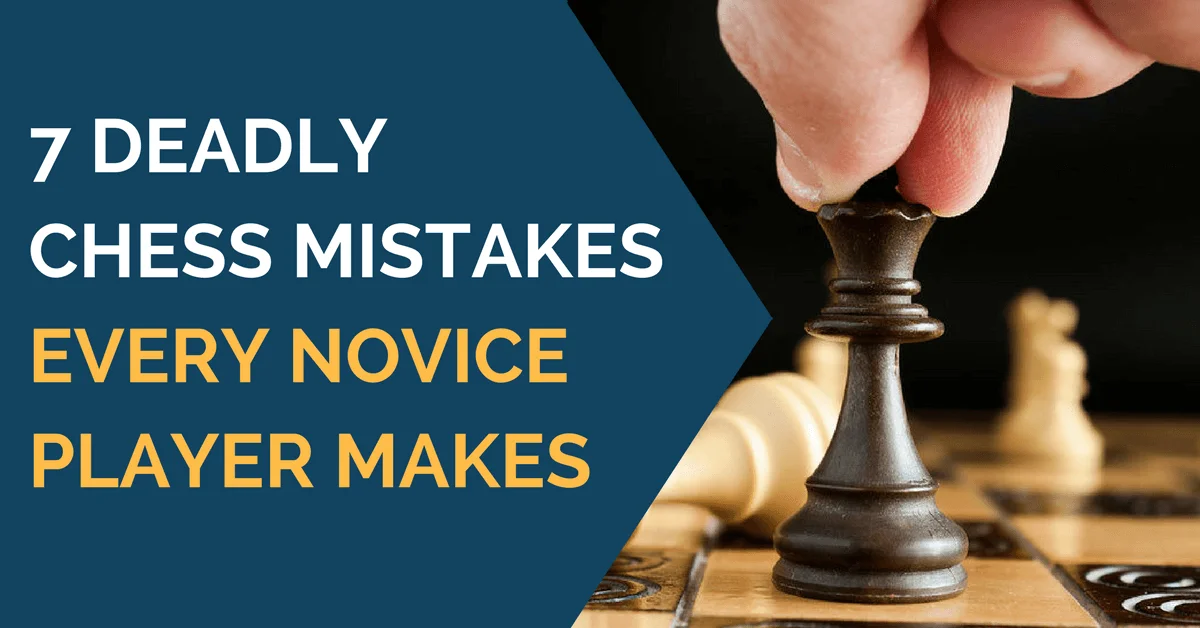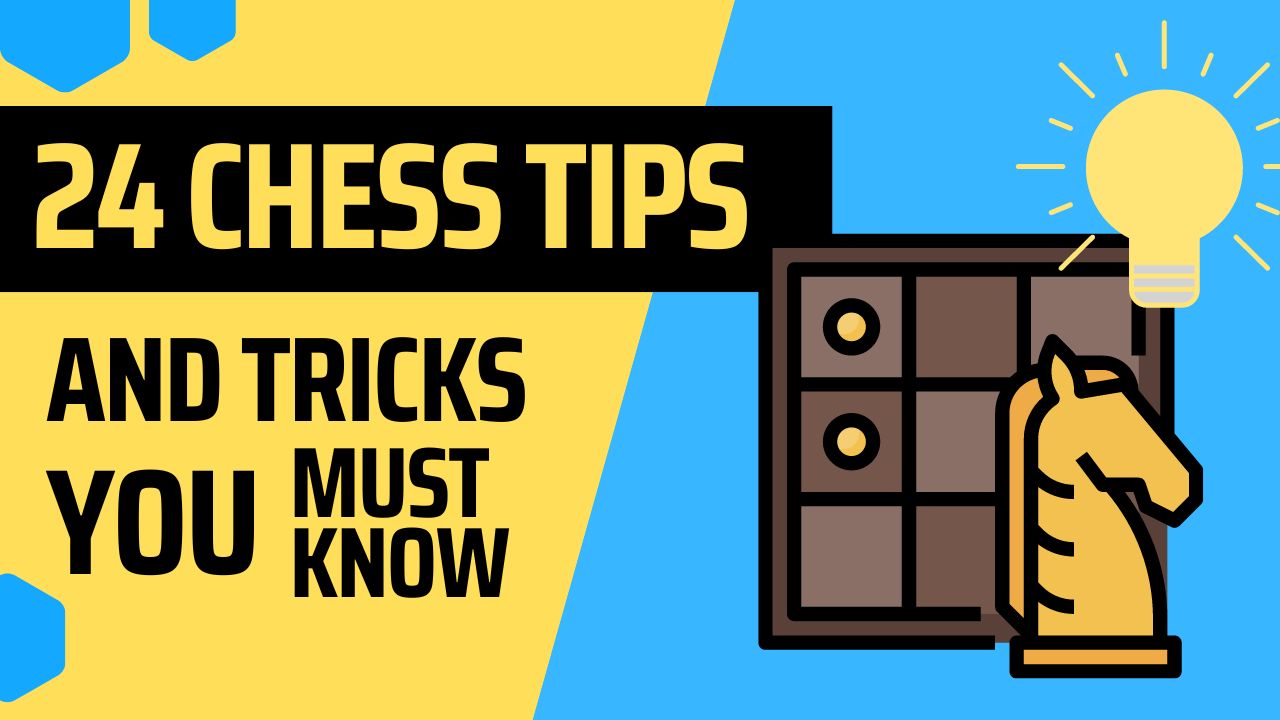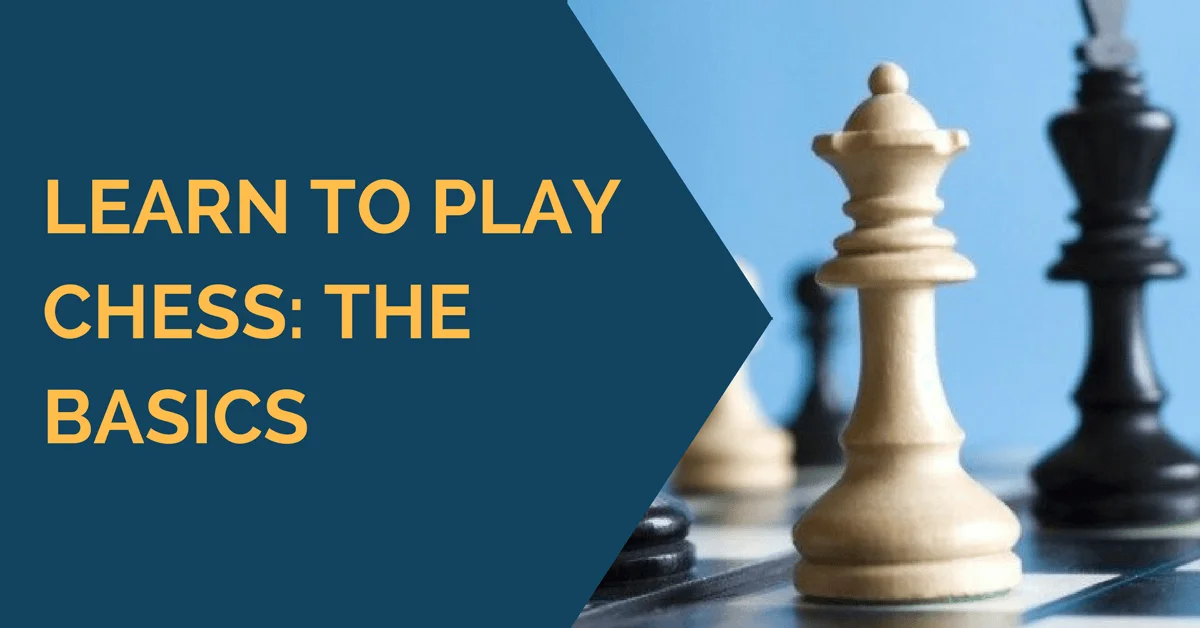Training Techniques
Chess is a very complex game. Playing high quality moves is a very difficult task to achieve and the ability to pick the best moves is art, which requires many hours to master. Have you ever find yourself in a position, while playing a game of chess, when it seems like you don’t know at […]
Have you ever noticed that it is easy to play against some chess players and it’s is almost impossible to beat the other ones. You may say, of course some players are weaker and thus easier to play against, some players are stronger and thus harder to play against. But did you ask yourself a […]
Oddly enough, many non-chess players (and even beginner players) believe that ability to play chess well is something inherent. They believe that no matter what they do, they will not be able to progress. It’s absolutely false. Of course, genetics plays some sort of role in becoming a good chess player, but if you’re not […]
If you are reading this, you are probably one of those players who wish to become a better chess player and to win games (or at least not to lose). I’m sure that there is no need to tell you that becoming a better chess player is a huge job, which requires many things such […]
I have written a How to get better at chess: a guide for all levels a while ago and have received quite a few responses. I want to say a couple of words about that article. First of all, it is impossible to write a precise guide for each rating level, especially for a player […]
What exactly to do in order to improve my chess? It is a common question I hear from different players all around, including my page on Facebook and Twitter. I already gave an outline how to get better at chess, you may want to review it before reading further. In this article, I will suggest […]
As we all know, the ultimate goal of chess is to deliver a checkmate. Fortunately not all checkmates in chess are as complicated as the one discussed here. Today we’ll focus on 13 most common checkmates in chess. You should always look to setup one while playing a game and also be aware of these […]
Here is a list of 7 mistakes most commonly seen on the amateur level. Many chess players just do not realize why they keep losing these games. The answer is simple. These players keep making the same mistakes over and over again, in every single game they play. How many games could have been won […]
Club players often seek common tips, rules, and ideas to apply in their games. Having a framework based on general rules is a huge plus in all three phases of chess. That’s where this article comes into play. We have compiled a list of the 24 most important tips and tricks that will help you […]
Chess is a complex game. Not regarding the moves but regarding the strategies, one needs to opt for winning. From the basic rules to advanced tactics, theory and opening and ending moves, the entire game of chess is subjected to a lot of patience and concentration. Practicing meditation alongside learning to play chess is thus […]

